Budderoo National Park – Minnamurra Rainforest
Hi There,
Following on from previous posts from Kiama, the Budderoo National Park is not far from Kiama on the south coast of New South Wales. It’s a beautiful place with waterfalls and lookouts and a rainforest to boot as well.

Rainfall here approaches the 2 metre mark per annum, that’s 2000mm. In other words a lot of rain and its evident here in the lush landscape of ferns, vines, rainforest trees and more ferns. Ferns growing on ferns, on rocks, on trees, on everything in fact. A very different landscape.

Above is a typical scene in this rainforest, huge vines scrambling everywhere, strangling everything looking for sunlight. A constant theme in any forest is the search for sunlight by plants. Trees reaching for the sky seeking that elusive substance.

Asplenium australasicum or commonly referred to as Bird Nest Ferns were evident everywhere.
 These are actually Epiphytes(plants that grow on other plants-but not parasites). They have a lovely silky smooth glossy green leaf. Quite a spectacular plant and readily available in most nurseries.
These are actually Epiphytes(plants that grow on other plants-but not parasites). They have a lovely silky smooth glossy green leaf. Quite a spectacular plant and readily available in most nurseries.

A few more in some trees below!

And some more for good measure! This rock was incredible-countless ferns and mosses all over it!

Check out the rock below, it has ferns running over it by the look of it, amazing! I think it is Arthropteris beckleri also known as Hairy Climbing Fishbone Fern.
 One of the trees in this rainforest is the Jackwood(see picture below) or Native Laurel, which is also known as Cryptocarya glaucescens which grows to about 35 metres tall. Click HERE for more info on this tree.
One of the trees in this rainforest is the Jackwood(see picture below) or Native Laurel, which is also known as Cryptocarya glaucescens which grows to about 35 metres tall. Click HERE for more info on this tree.
 I just realised that you can’t see the top! Not a great photo but gives you a sense of scale! Another commonly grown plant in gardens is the Elkhorn which is an Epiphyte as well. scientifically known as Platycerium bifurcatum. The one below is quite a size!
I just realised that you can’t see the top! Not a great photo but gives you a sense of scale! Another commonly grown plant in gardens is the Elkhorn which is an Epiphyte as well. scientifically known as Platycerium bifurcatum. The one below is quite a size!
 Another great tree was the Strangler Fig, Ficus oblique , which is also known as the Small leaved Fig. The leaves are the only thing on it that are small!
Another great tree was the Strangler Fig, Ficus oblique , which is also known as the Small leaved Fig. The leaves are the only thing on it that are small!
 And again!
And again!
 It was very hard to get all of this tree in the frame, what a monster!
It was very hard to get all of this tree in the frame, what a monster!
 Some nice buttress roots
Some nice buttress roots
 I think we will progress to smaller things just to calm ourselves down a fraction. Below is the Fragrant Fern, Microsorum scandens which is clambering over a boulder. Looks quite lovely don’t you think?
I think we will progress to smaller things just to calm ourselves down a fraction. Below is the Fragrant Fern, Microsorum scandens which is clambering over a boulder. Looks quite lovely don’t you think?
 Now for something out of the blue and a slightly different track we came across a very interesting bird which can be difficult to see in its native habitat.
Now for something out of the blue and a slightly different track we came across a very interesting bird which can be difficult to see in its native habitat.
 The Superb Lyrebird, Menura novaehollandiae . Click HERE to find out more about this master of hiding and mimicry. To hear its amazing vocal chords, click HERE. I was quite chuffed to see this bird in the wild, a first for me. One normally heres them if you can be sure of their birdsong but hardly sees them.
The Superb Lyrebird, Menura novaehollandiae . Click HERE to find out more about this master of hiding and mimicry. To hear its amazing vocal chords, click HERE. I was quite chuffed to see this bird in the wild, a first for me. One normally heres them if you can be sure of their birdsong but hardly sees them.
 Not great photos, but in this case they will have to do. Check out the amazing tail they have. Below you can see the landscape and how green it is, a couple of patches of red reveal the Illawarra Flame Tree, Brachychiton acerifolius. Click HERE for more info. This was as close as I got to them.
Not great photos, but in this case they will have to do. Check out the amazing tail they have. Below you can see the landscape and how green it is, a couple of patches of red reveal the Illawarra Flame Tree, Brachychiton acerifolius. Click HERE for more info. This was as close as I got to them.
 Some more ferns, this could be Blechnum neohollandicum , Prickly Rasp Fern.
Some more ferns, this could be Blechnum neohollandicum , Prickly Rasp Fern.
 This may be the Sickle Fern, Pellaea falcata.
This may be the Sickle Fern, Pellaea falcata.
 Some nice lacy effects from under a tree-fern
Some nice lacy effects from under a tree-fern
 The one below is the Giant Maiden Hair , Adiantum formusum.
The one below is the Giant Maiden Hair , Adiantum formusum.
 Heres another lovely side view of the Birds Nest Fern.
Heres another lovely side view of the Birds Nest Fern.
 Some vines now to make it a little scary!
Some vines now to make it a little scary!
 Look out! You don’t want to stand still for too long Here!
Look out! You don’t want to stand still for too long Here!
 Here are some roots of a strangler Fig and more vines!
Here are some roots of a strangler Fig and more vines!
 Hmmmm.
Hmmmm.
 A truly remarkable environment for adventitious plants.
A truly remarkable environment for adventitious plants.
 Another remarkable tree here is the Australian Red Cedar, Toona ciliata var. australis. This tree is now scarce as it was highly sought after by the early settlers and the early timber industry as the wood was highly sought after for its fine grain. It has beautiful dusky pink-red trunks.
Another remarkable tree here is the Australian Red Cedar, Toona ciliata var. australis. This tree is now scarce as it was highly sought after by the early settlers and the early timber industry as the wood was highly sought after for its fine grain. It has beautiful dusky pink-red trunks.
 Very Majestic.
Very Majestic.
 And another one.
And another one.
 This one below has some ferns growing on it. I think they may be the Rock Felt Fern, Pyrrosia rupestris.
This one below has some ferns growing on it. I think they may be the Rock Felt Fern, Pyrrosia rupestris.
 Ill finish our tour here with a couple of general shots in the Minnamurra Rainforest. Go and have a look at it if you ever get the chance!
Ill finish our tour here with a couple of general shots in the Minnamurra Rainforest. Go and have a look at it if you ever get the chance!
 .
.
 .
.
 Until next time.
Until next time.
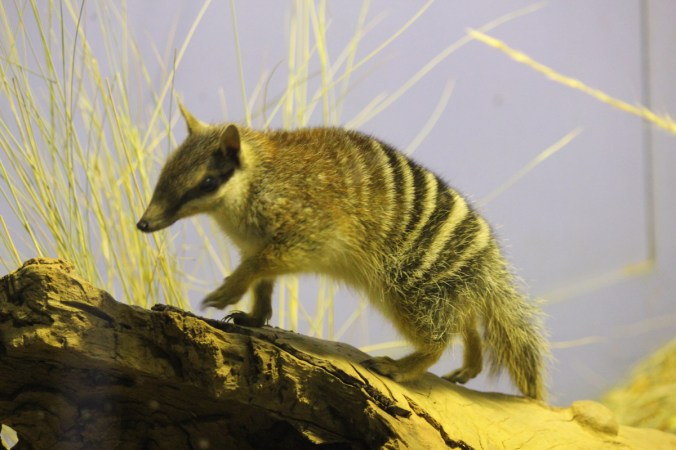
 Of course there were all sorts of snakes and lizards, sorry about the blurry picture but I just had to include this nasty looking fellow!
Of course there were all sorts of snakes and lizards, sorry about the blurry picture but I just had to include this nasty looking fellow! The Thorny devils are always great to watch, these fellows were standing there and eating the ants as they went past them. Their tongues would just flick out and snaffle them up.
The Thorny devils are always great to watch, these fellows were standing there and eating the ants as they went past them. Their tongues would just flick out and snaffle them up.



 As you can see they are certainly thorny, also very well camouflaged for the desert environment. The Lizard below is just hanging out, I don’t know his name.
As you can see they are certainly thorny, also very well camouflaged for the desert environment. The Lizard below is just hanging out, I don’t know his name.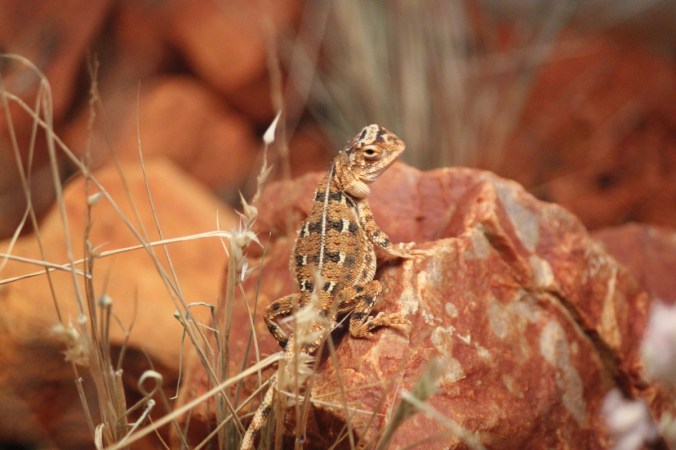 What I noticed a lot of in the park were lots of different Erimophila shrubs. There are about 260 Erimophila species endemic to Australia, also known as Emu Bushes. There are also many cultivars available in nurseries now. Here’s a few from the Desert Park.
What I noticed a lot of in the park were lots of different Erimophila shrubs. There are about 260 Erimophila species endemic to Australia, also known as Emu Bushes. There are also many cultivars available in nurseries now. Here’s a few from the Desert Park.




 If I say Dingo, what is the first thing that pops into your mind? If you come from Australia like me, I would haphazard a guess that the name
If I say Dingo, what is the first thing that pops into your mind? If you come from Australia like me, I would haphazard a guess that the name 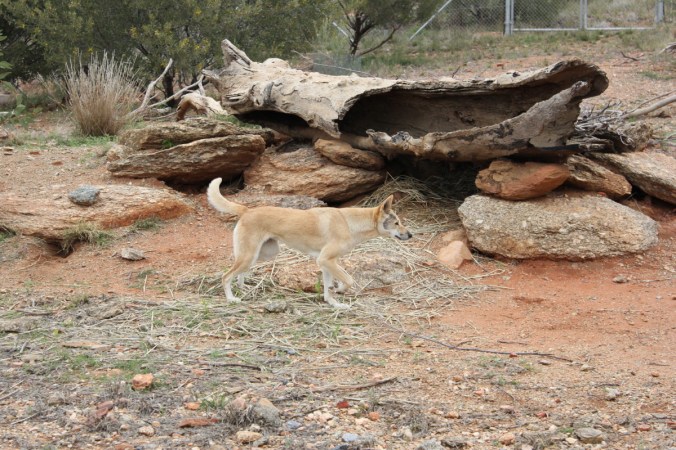
 They blend in quite beautifully with their surroundings as you can see. They also come with different coat colours depending on what habitat they live in. Interesting!
They blend in quite beautifully with their surroundings as you can see. They also come with different coat colours depending on what habitat they live in. Interesting! Here’s another plant that’s prominent in the Alice Springs area Senna artemisiodes subsp. oligophylla, also known as Oval Leaf Cassia. A beautiful yellow flowering shrub to 2 metres.
Here’s another plant that’s prominent in the Alice Springs area Senna artemisiodes subsp. oligophylla, also known as Oval Leaf Cassia. A beautiful yellow flowering shrub to 2 metres.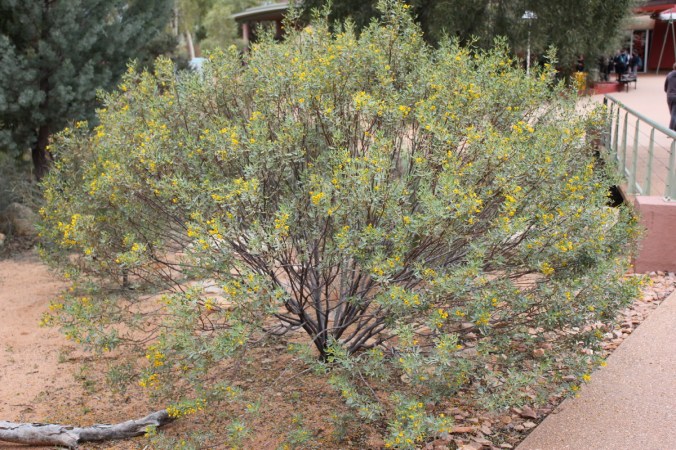

 Another very exciting exhibit at the Alice Springs Desert Park is the Birds of Prey demonstration. Keep your head low!! A couple of Kites put on quite a masterful aerial display.
Another very exciting exhibit at the Alice Springs Desert Park is the Birds of Prey demonstration. Keep your head low!! A couple of Kites put on quite a masterful aerial display.


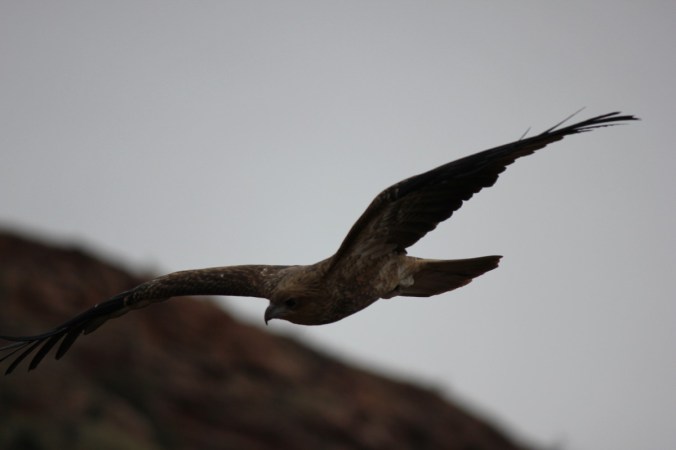
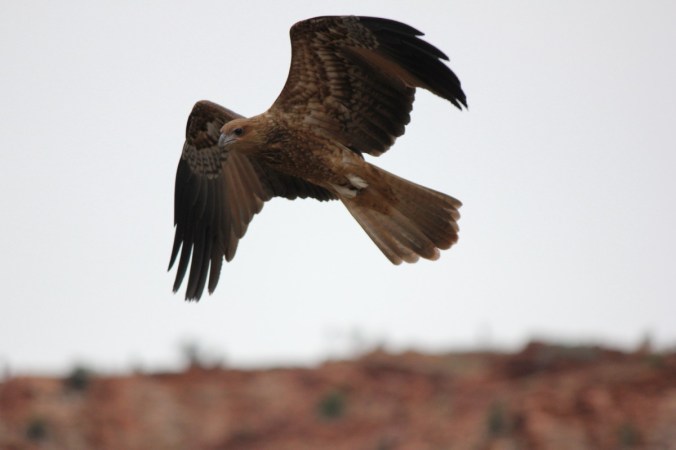


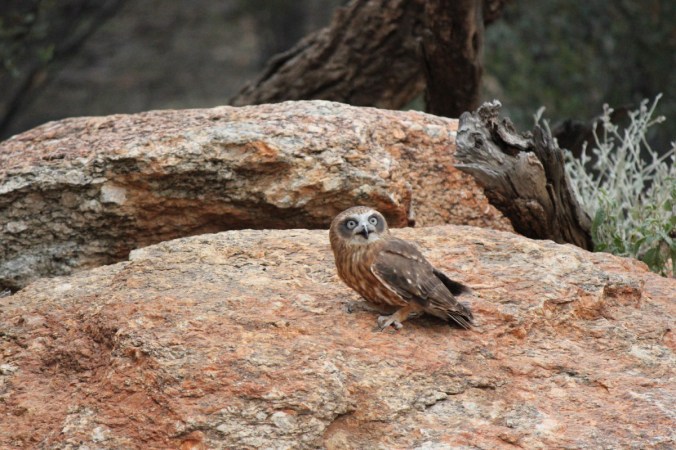


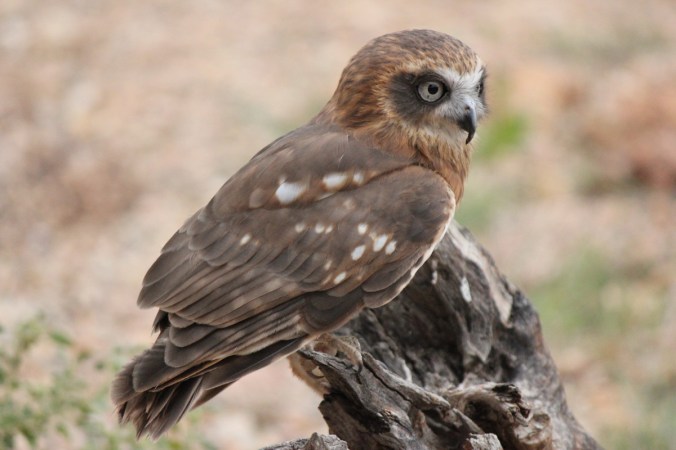 Of course the star of the show is the mighty Wedge Tail Eagle. These are quite widespread across the country and we see lots at home but still they are impressive wherever you see them.
Of course the star of the show is the mighty Wedge Tail Eagle. These are quite widespread across the country and we see lots at home but still they are impressive wherever you see them.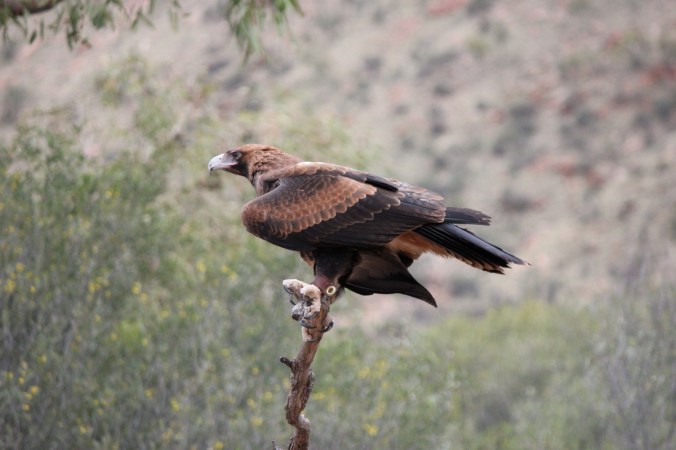
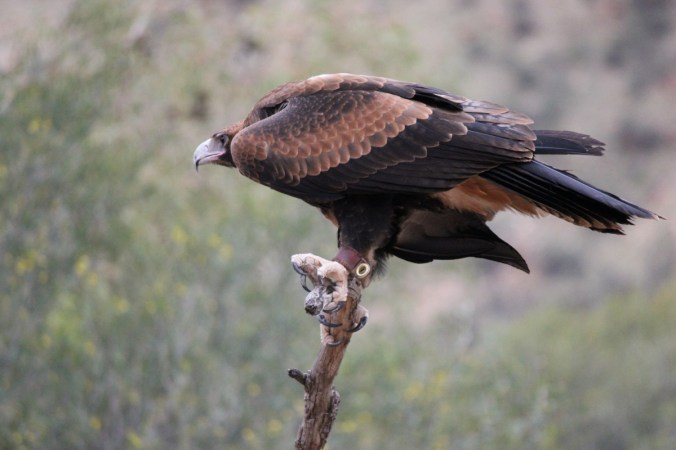

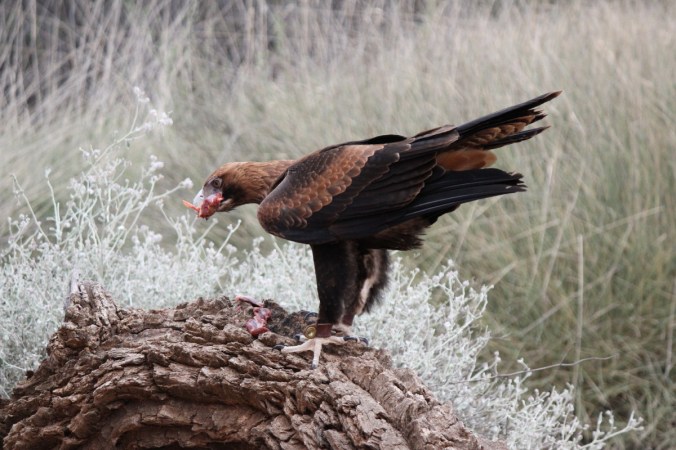 Check out his Wedgesticks(drumsticks) and not to mention his talons!
Check out his Wedgesticks(drumsticks) and not to mention his talons!

 And of course that big rudder at the back-wedge tail. Need to know more?? Click
And of course that big rudder at the back-wedge tail. Need to know more?? Click 

























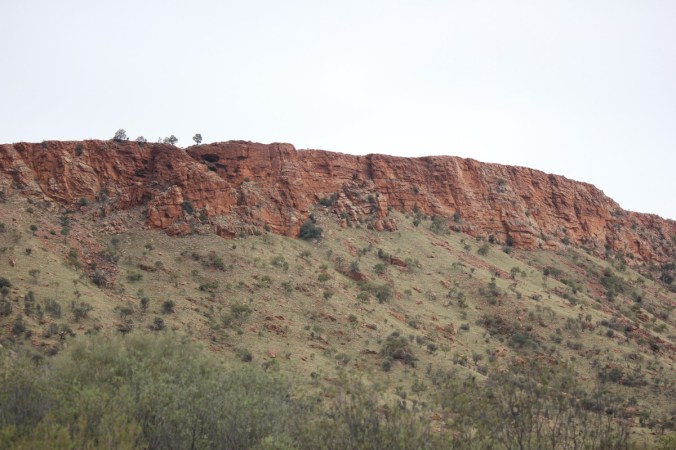
 Of course there are plenty of other animals here, this is only a snapshot of a few. I will finish with one of our most iconic marsupials, Big Red. Macropus rufus.
Of course there are plenty of other animals here, this is only a snapshot of a few. I will finish with one of our most iconic marsupials, Big Red. Macropus rufus. Cheers!
Cheers!